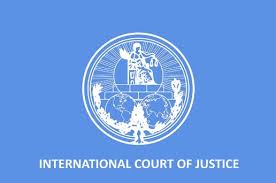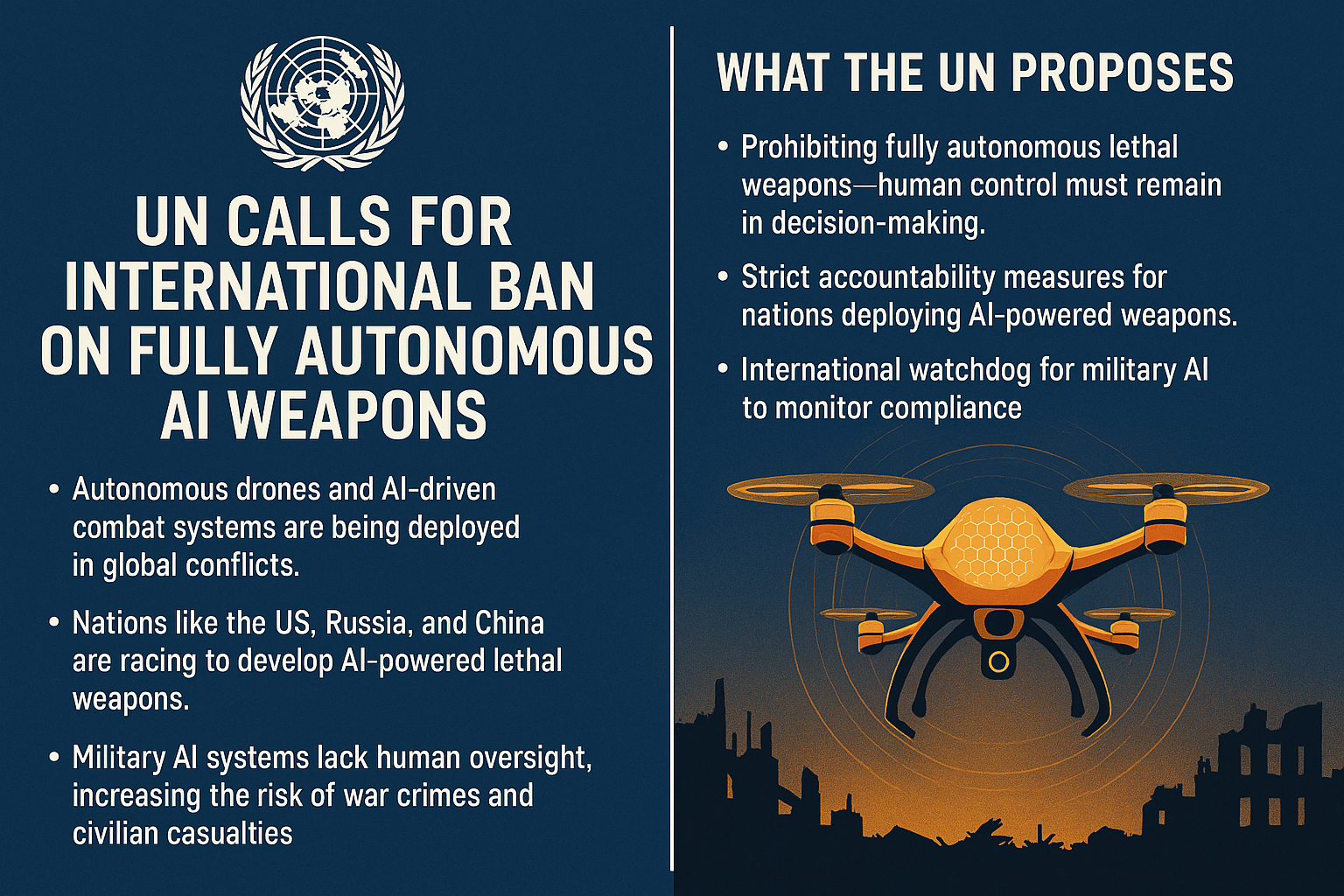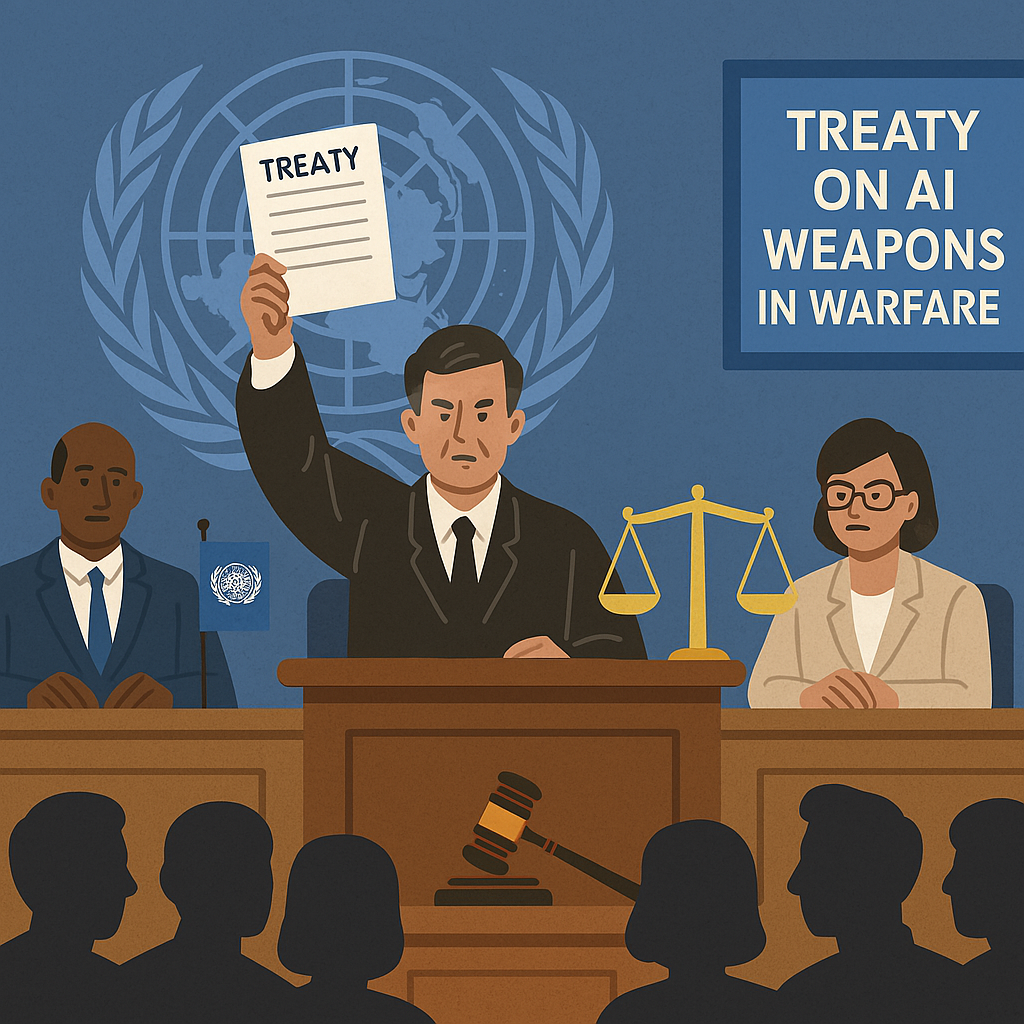The Use of Force under International Law
I. Introduction
The use of force in international law refers to the application of armed violence by one state against another. It is primarily governed by the United Nations Charter, customary international law, and judicial decisions. The fundamental principle is prohibition, with limited exceptions.
II. Legal Framework
1. United Nations Charter (1945)
Article 2(4): Prohibits the threat or use of force by states:
"All Members shall refrain... from the threat or use of force against the territorial integrity or political independence of any state..."
Exceptions:
Article 51: Right to self-defense if an armed attack occurs.
Chapter VII (Articles 39–42): Authorizes the UN Security Council to take enforcement measures, including the use of force, to maintain or restore international peace and security.
III. Customary International Law
Even before the UN Charter, there were norms against aggressive war (e.g., Kellogg-Briand Pact 1928). Customary law continues to evolve and is interpreted alongside treaty law, especially where the Charter is ambiguous or silent.
IV. Exceptions to the Prohibition of Force
1. Self-Defense (Article 51 of the UN Charter)
Requirements:
Armed attack must occur.
Force used must be necessary and proportionate.
Immediate notification to the Security Council is required.
Case Law:
Nicaragua v. United States (ICJ, 1986)
The ICJ reaffirmed that self-defense under customary international law requires an armed attack.
The U.S. support to the Contras in Nicaragua did not constitute lawful self-defense.
Oil Platforms Case (Iran v. U.S., ICJ, 2003)
The ICJ held that U.S. attacks on Iranian oil platforms were not justified as self-defense, as the evidence of armed attack by Iran was insufficient.
2. UN Security Council Authorization (Chapter VII)
When peace is threatened, the Security Council may authorize collective use of force.
Case Law / Examples:
Kuwait Invasion (1990)
UNSC Resolution 678 authorized use of "all necessary means" to expel Iraq from Kuwait.
Basis for Gulf War I (1991), legally sanctioned intervention.
Libya (2011)
UNSC Resolution 1973 authorized force to protect civilians under the "Responsibility to Protect" (R2P) doctrine.
NATO-led intervention followed.
3. Consent by the State
A state can lawfully invite another to use force on its territory.
Example:
Mali inviting France (Operation Serval, 2013) to combat Islamist insurgents.
Legal as per sovereign consent.
4. Humanitarian Intervention (Controversial)
Use of force to prevent gross human rights abuses, without Security Council approval.
Kosovo (1999) – NATO intervened against Serbia to stop atrocities.
Not authorized by the Security Council.
Widely seen as illegal but legitimate.
Controversial; no firm legal consensus.
V. Prohibited Uses of Force
1. Aggression
Defined in UN General Assembly Resolution 3314 (1974):
"The use of armed force by a State against the sovereignty, territorial integrity or political independence of another State..."
Case Law:
Nuremberg Trials (1945-46):
First international judgment where aggression was prosecuted.
War of aggression deemed the "supreme international crime."
Russia-Ukraine Conflict (2022):
Widely regarded as act of aggression by Russia.
Multiple resolutions at the UN General Assembly condemning it.
VI. Principles Governing the Lawful Use of Force
1. Necessity
Force must be required to repel an attack.
2. Proportionality
Response must not be excessive in relation to the threat or attack.
3. Immediacy
Self-defense must be in response to an ongoing or imminent attack.
VII. Emerging Doctrines & Gray Areas
1. Anticipatory Self-Defense (Pre-emptive)
Response to an imminent threat before the attack materializes.
Caroline Case (1837): Established criteria of necessity and proportionality.
Still cited as a standard for anticipatory self-defense.
2. Preventive Self-Defense
Action to prevent potential threats in the distant future.
Illegal under international law.
3. Use of Force against Non-State Actors
Increasing relevance due to terrorism.
Israel, U.S., Turkey have invoked self-defense against non-state actors in foreign territories.
Case:
Israel v. Hezbollah in Lebanon (2006): Claimed self-defense against a non-state actor.
Controversial under Article 51.
VIII. Conclusion
The use of force in international law is strictly regulated. The UN Charter prohibits it, with limited exceptions: self-defense, Security Council authorization, and consent. Other justifications like humanitarian intervention and anticipatory self-defense remain contested.
While case law from the ICJ and state practice provide guidance, the balance between legality and legitimacy continues to evolve, especially in the context of terrorism, civil wars, and humanitarian crises


























0 comments